The Art Of Craftmanship In Africa
Posted by muntu on Feb 1st 2021
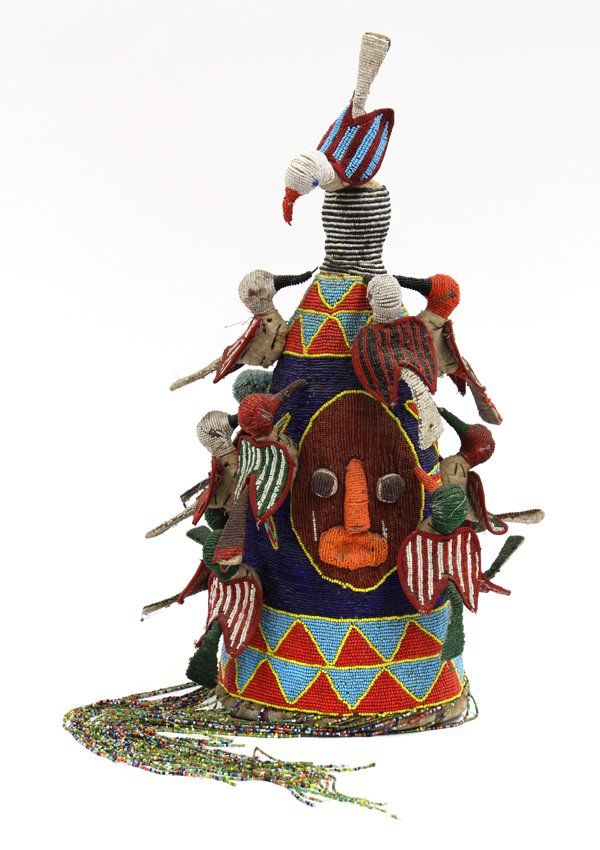
From objects to relics, African art has always been part of daily life, along with the spiritual and symbolic culture of our ancestors. From generation to generation, the art of creating objects was established as a norm, identity, tradition, and pride.
From basketry to cultural artifacts, African craftsmanship is a blend of various representations, visual, decorative, and aesthetic.
They reflected the lifestyles, the thinking of the different tribes and communities who made them.
Rapid urbanization and new cultural influences some art and century-old skills disappeared but fortunately with the dramatic increase in the global appreciation of African arts and crafts, which has brought both its functionality ad aesthetics into the limelight.
The export of African Art and Crafts to collectors, interior designers, and museums in the USA, Europe, and Australia has bloomed.
So here is an insight into some of the African artistry with their historical perspectives, designs, styles, and heritage status.
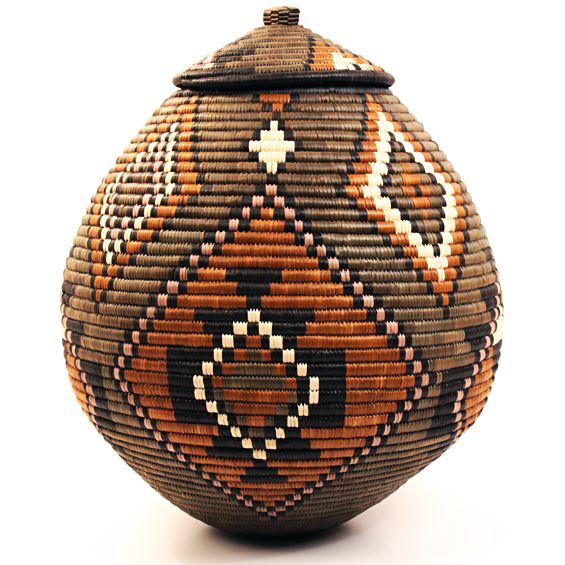
BASKETRY
African basketry is a dynamic craft. It represents the finest fusion of indigenous culture, environment, and technology.
Traditional fibers used in basketry reflect the local habitat. They include illala palm, sisal leaves, and fiber, raffia (African bamboo), fibrous tree and plant roots such as makenge, vines, leaves (banana and fan palm), cane, bark wood, and papyrus. Dyes are obtained from natural sources like roots, barks, fruit and berries, leaves, clay, dung, or various combinations of the above.
Southern Africa has a diverse basketry tradition, with great weaving masters and different techniques found in South Africa, Namibia, Swaziland, Botswana, Zimbabwe, Lesotho Angola, and Mozambique.
You can get it here.
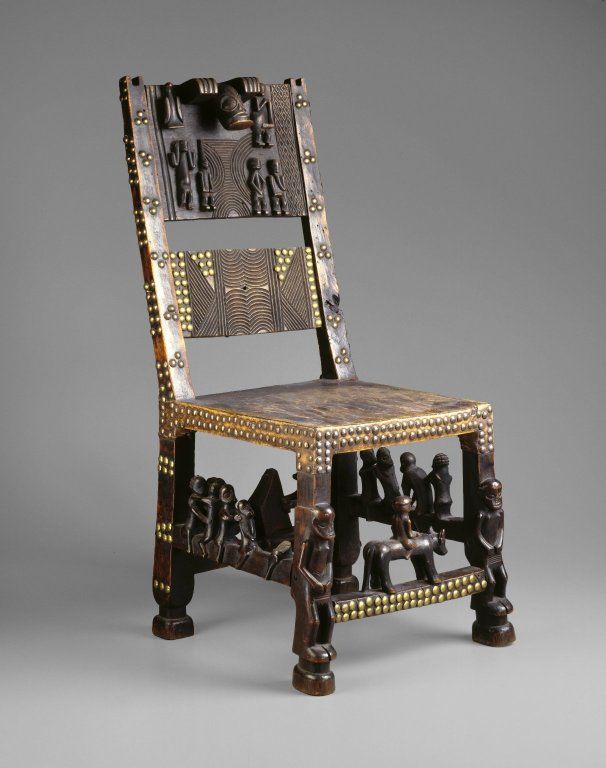
THE CHOCKWE CHAIR
Chokwe tribe dates back to the 15th century, and they can be found primarily in Lunda Sul and northern Moxico provinces, in Angola.
The ornate chairs were used as thrones to validate the royal court and portray images of the royal lineage and familial predecessors.
Made with leather-covered seats, decorative brass tacks, and figurative scenes, the Chockwe chair represents a sign of power, rites, spiritual aspect of life, and good omen.
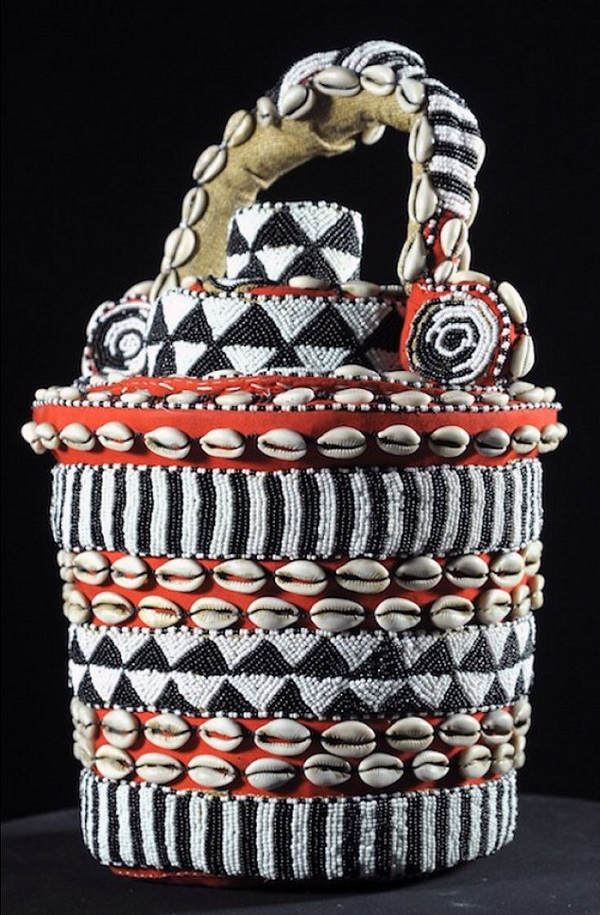
Photo Courtesy: Bruno Mignot
KUBA WISDOM BASKETS
The Kuba peoples migrated from the distant north to their current location along the Sankuru River, in the Republic Democratic of Congo.
The remarkable rich artistry comprises beautiful cloth, divination oracles, carve headrests, masks, and of course the wisdom baskets.
This basket is said to serve as a container for royal amulets, that was used during the King’s speech.
These relics are exquisitely embellished with colorful glass beads, cowries glass beads, and copper and raffia cloth.
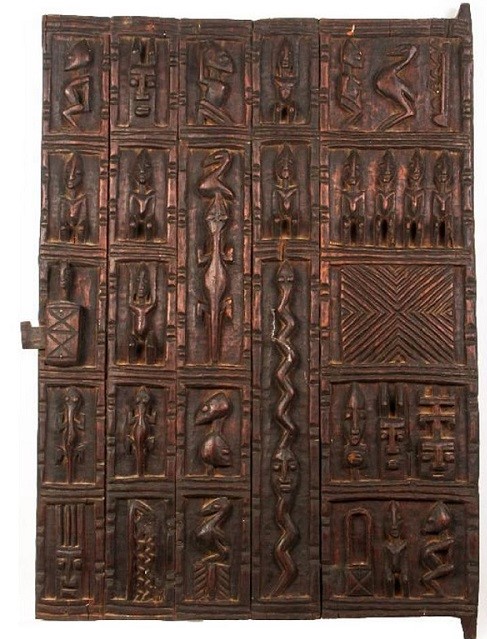
DOGON DOORS
The Dogon tribe in Mali is among the oldest surviving African cultures.
This finely-carved shutter or door is just one of the Dogon art manifests which include masks, statues, and vessels.
Once adorned a Dogon granary, these striking objects portray ancestral figures to protect the people of the village. The symbolic figures of the doors can vary, from pairs of breast representing fertility to sun lizards and scenes of life served to protect the entrance by making it sacrosanct.

YORUBA BEADED CROWN
The Yoruba or Oba crown is the ultimate symbol of Yoruba kingship.
Adorned with tiny seed glass, these stunning objects were a signifier of wealth and royal ancestral power.
The birds surmounting the top of the crown signify the power of women who supported and sustained the oba’s right to rule.
It also protects onlookers from the danger of casting their eyes directly upon the divine presence of the oba.

